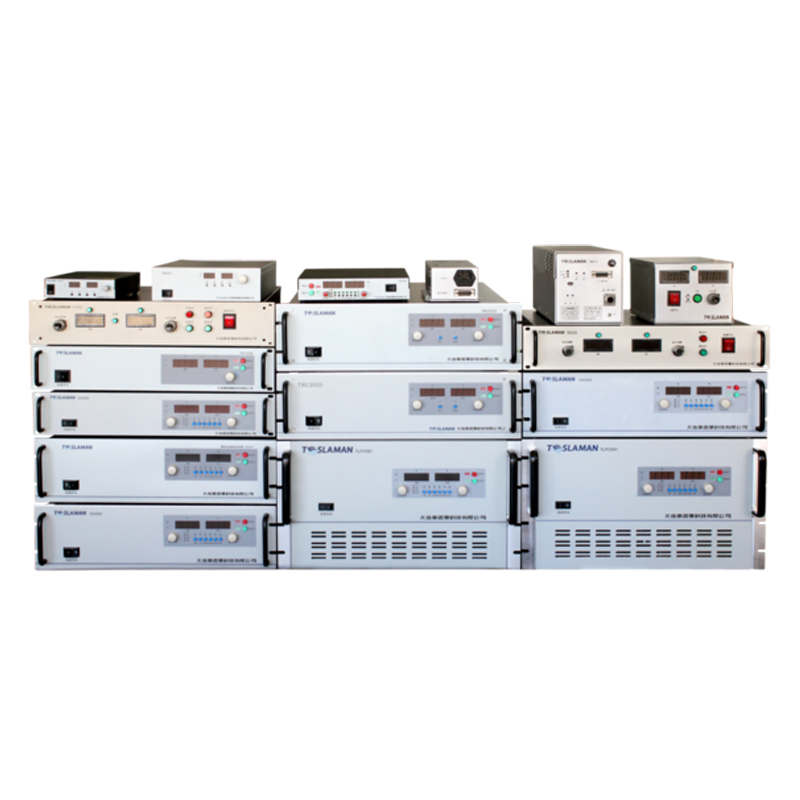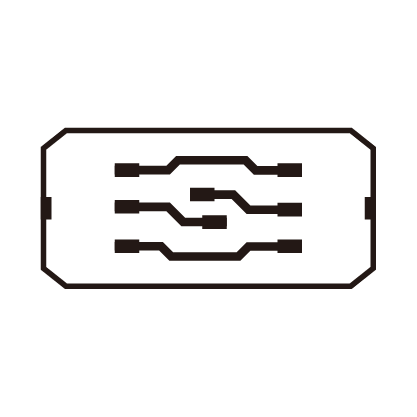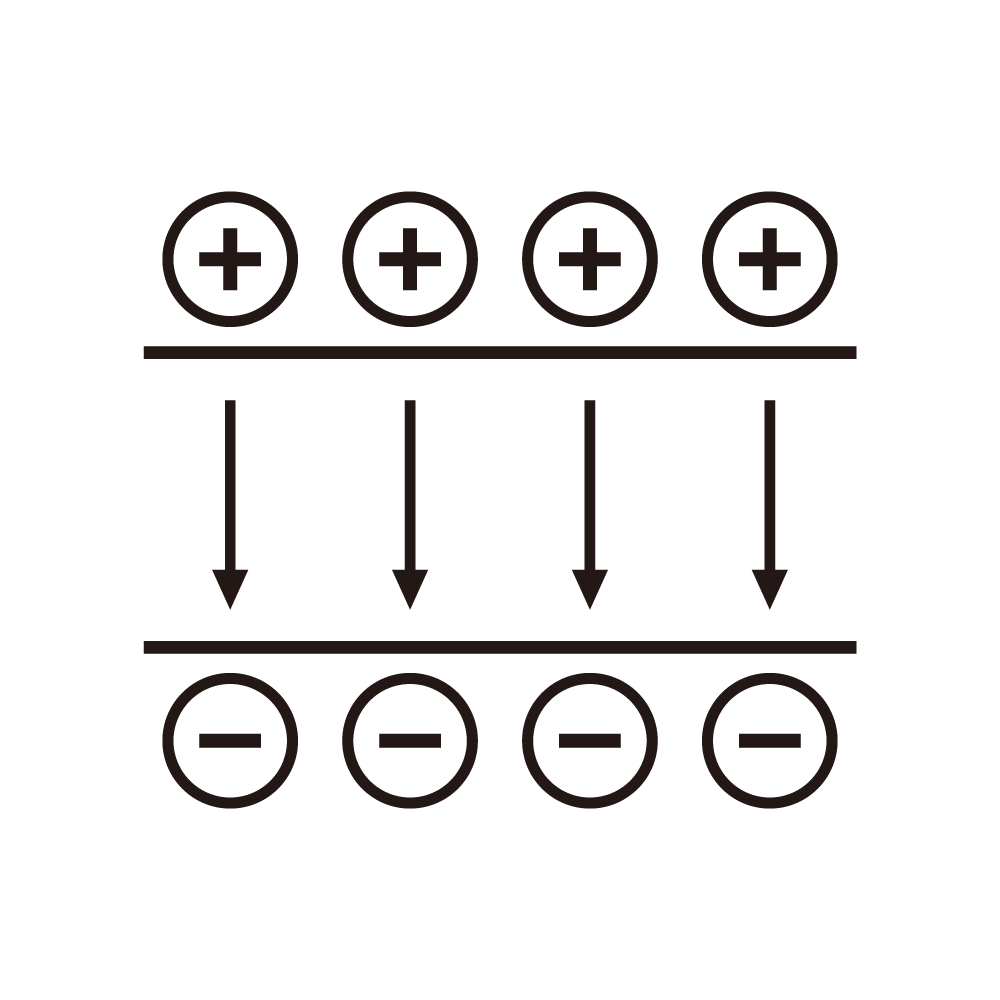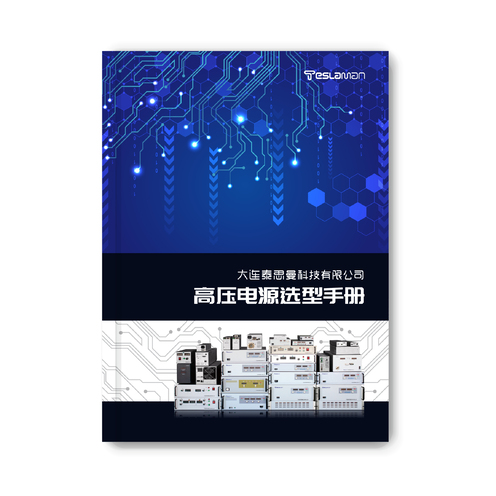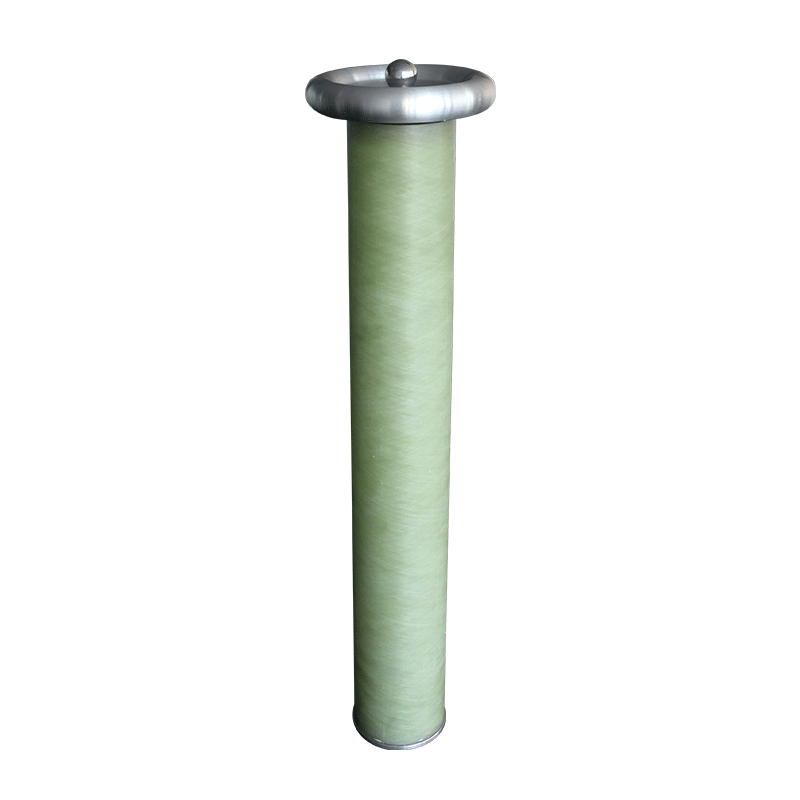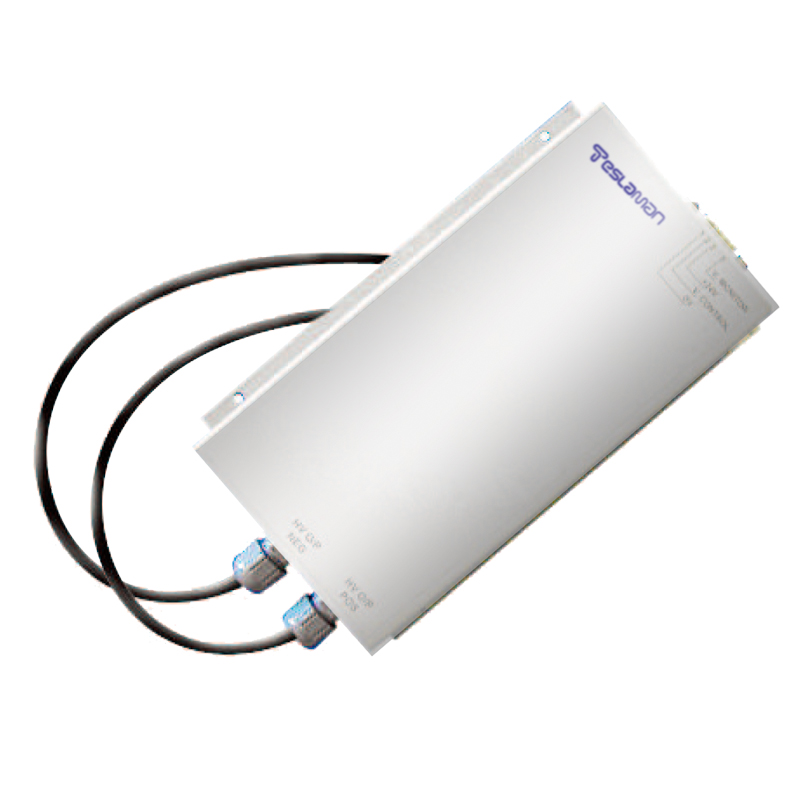Capacitive Energy Storage Characteristics of 450kV High Voltage Power Supply
1. Physical Mechanisms and Challenges in High-Voltage Capacitive Energy Storage
The capacitive energy storage system in 450kV high-voltage power supplies requires high energy density and rapid charge-discharge capabilities under extreme electric field strengths (>20kV/mm). Core challenges lie in the synergistic optimization of dielectric materials and structural design. Studies show that traditional polypropylene film capacitors exhibit an energy density of only 1.2J/cm³ at 450kV, with capacitance degradation rates reaching 0.3% per 1,000 cycles due to partial discharges (PD) caused by field distortion.
1. Dielectric Material Innovations:
Polyimide-boron nitride nanosheet (PI-BNNS) composites, formed via in-situ polymerization, achieve a breakdown field strength of 550kV/mm and energy density of 8J/cm³—5.6 times higher than conventional materials. Self-healing functional layers trigger molecular crosslinking in micro-discharge regions, extending lifespan to 10⁶ charge-discharge cycles.
2. Multilayer Gradient Electrode Design:
A coaxial-spiral composite electrode topology with segmented grading rings improves field uniformity (η) from 0.68 to 0.95, reducing edge field strength to 1.1× the core region and raising PD inception voltage (PDIV) by 12kV.
2. Breakthroughs in Dynamic Charge-Discharge Control
1. Resonant High-Frequency Inverter Topology:
An LLC resonant multilevel inverter achieves 98% efficiency with zero-voltage switching (ZVS), cutting switching losses to 15% of hard-switching modes. Operating at 300kHz, it supports 10ms-level pulsed power output.
2. Adaptive Energy Management Algorithms:
A triple-loop control system combines fuzzy PID (±0.05% voltage accuracy), sliding mode current control (<50μs response to ±40% load fluctuations), and thermal compensation (<0.001%/℃ drift). This limits transient overshoot to <0.5kV at 450kV.
3. Thermal Management and Reliability Enhancements
1. Hybrid Cooling Systems:
Microchannel liquid cooling combined with phase-change materials (PCM) restricts temperature rise to <15℃ at 450kV/200A. Fluorinated immersion cooling reduces thermal resistance to 0.02K/W, achieving 25kW/dm³ power density.
2. Real-Time Health Monitoring:
Ultraviolet imaging and high-frequency current sensors (HFCT) enable 1pC PD detection. An LSTM-based predictive model forecasts dielectric degradation 200 hours in advance with >92% accuracy.
4. Applications and Performance Validation
1. Pulsed Power Systems:
In electromagnetic launch systems, 450kV capacitors deliver 50MJ energy within 2ms (10¹² A/s current rise), achieving >90% efficiency for GW-level instantaneous power.
2. Renewable Energy Grid Integration:
As buffer storage in VSC-HVDC systems, they suppress 450kV DC bus voltage fluctuations (<±0.1%) and exceed 5×10⁵ cycles under IEC 61851-23 standards.
3. High-Energy Physics Facilities:
Providing μs-level pulses for particle accelerators, they achieve 99.998% stability and >95% efficiency at 4.2K, supporting particle beams with energies >10TeV.
